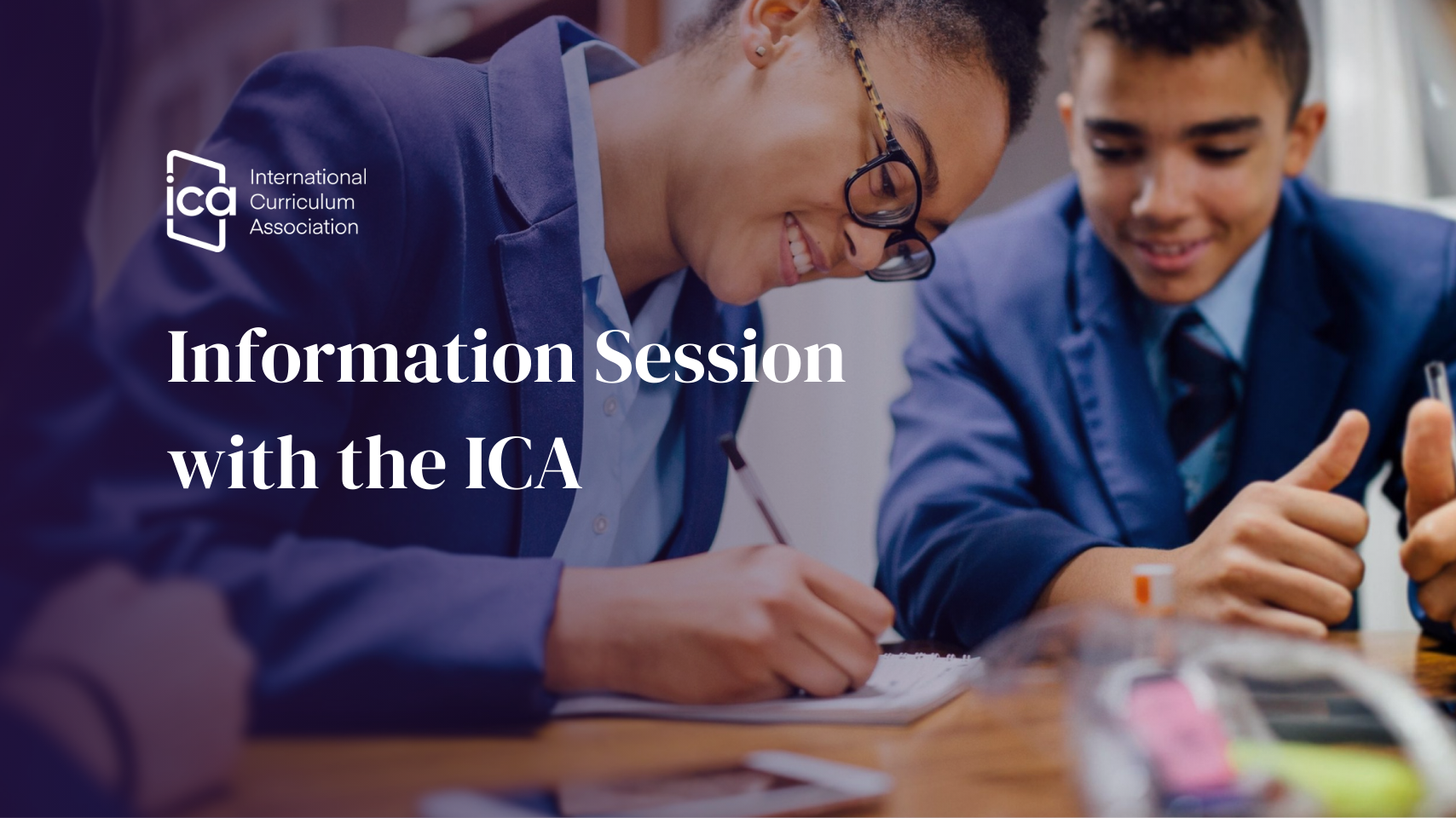When we started implementing the International Early Years Curriculum (IEYC), our process for capturing learning was very much data driven. Our systems for analysing attainment and identifying children who were meeting age related expectations was achieved mainly through the use of a spreadsheet data tracker. This process never felt like we were focused on looking for learning or capturing examples of learning in action. After all, children are unique individuals and we wanted to move away from only reflecting learning as data with numbers and percentages. Added to this, our skilled and knowledgeable Early Years practitioners voiced concerns that the tracker was not individualised and wanted a tool that would celebrate the learning, achievements, interests and development progress of each child. Therefore, we decided to embark on a search for an electronic Learning Journal that we could use to capture the learning of each unique individual child in our setting. We reviewed various online Learning Journals and finally decided upon ‘SeeSaw’ as a tool for celebrating learning.
Curriculum Coverage and Skills Progression
This year we have implemented ‘Learning Journals’ for every child in our Early Years setting using ‘SeeSaw’. We are pleased that the platform allows us not only to capture unique learning, but also to organise learning according to the four strands (Interdependence and Independence, Communicating, Enquiring and Healthy Living) linked to the Phase A, Phase B and IEYC outcomes. We are impressed that the platform is intuitive and flexible enough for us to adapt it according to our particular school needs. When evidence is collected (whether it be in the form of photographs, video or anecdotal teacher comments) we are able to match and ‘tag’ it with IEYC learning goals and outcomes. This means that we can track coverage as well as each child’s progress through their learning of knowledge, skills and understanding. The platform allows us to indicate if children are beginning, developing or mastering in specific areas of learning. This process has radically switched our mindset towards a ‘looking for learning’ approach.
Evolution of technology to support learning
During the pandemic lockdown, our Early Years teachers were thrust into a world of teaching through technology. This was quite alien for our Early Years practitioners, as I am sure that most settings can relate. However, this challenging process enabled us to develop effective use of technology to advise parents, support children, capture learning through photos and videos, provide feedback and collect meaningful evidence of learning. These aspects became aims that we wanted to be incorporated into our children’s Learning Journals when introduced.
Intuitive and Purposeful
Another significant aspect that we were looking for was a way to authentically embed the learning of Portuguese language. It is essential that our children become confident and effective communicators in both English and Portuguese and being able to add Portuguese learning objectives was vital. We decided to translate all of the ‘Communicating through Speaking, Reading and Writing’ objectives into Portuguese and add these as objectives so that examples of learning could be ‘tagged’ ensuring that we maintain the holistic nature of the curriculum.
Parent Involvement
Now, our parents are fully informed and involved with their child’s learning in a way that we never even thought possible. Since the pandemic, we have made the active decision to share all our daily lesson plans with parents. This has facilitated a high focus on meaningful planning of learning-based activities and taken away unnecessary paperwork and lengthy planning documents for teachers. Any way that we can reduce unnecessary paperwork and administration is obviously vital to ensuring that teachers get quality time working with their children, helping them to learn. Through our Learning Journals parents are able to comment and engage with their child’s learning because they receive daily information guiding them on what their child is learning and how this is facilitated at school.
Find out how the IEYC can help you improve learning

.png)
